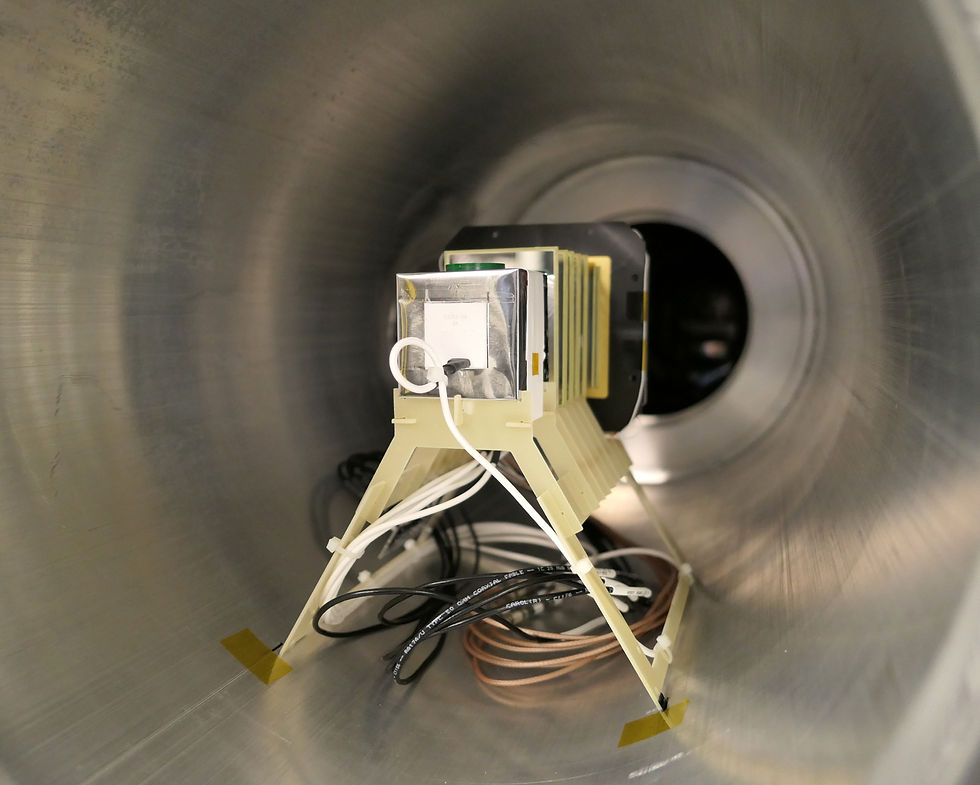With a Herculian effort by all the NSCL/FRIB members of the collaboration, a complex triple coincidence experiment to explore reactions leading to 12Be in the final state. The neutron-unbound nucleus 13Be is known to decay to 12Be + n with a relativley low resonance energy but previous experiments had left it unclear whether the ground state of 12Be or its 0+ isomer was populated in the final state. This leads to a significant ambiguity in constructing the level-scheme. To resolve this ambiguity, we performed a triple coincidence (fragment, neutron, and microsecond-delayed gamma-rays). This experiment was run in September of 2020 during the COVID pandemic. A small group of faculty, staff, post-doctorial researchers, and graduate students setup, ran the experiment, and packed away the devices. This invloved moving several miles of cables, a few tons of detectors, and synchronizing three distinct data acquisition system. Many thanks from the rest of the collaboration!

